For 15 years, Shannon Kent's job was to gather intelligence against the United States' deadliest enemies. The U.S. Navy Senior Chief Cryptologic Technician worked alongside the National Security Agency (NSA) in some of the world's most dangerous areas. The information she acquired would often lead to surgical strikes from American special operations forces around the world – and she was among the best at her job. Tragically, her years-long career in gathering intelligence is not the only legacy she leaves behind. Kent would become the first female service member killed in Syria when an ISIS suicide bomber attacked a restaurant in the northern Syrian city of Manbij in 2019. The 35-year-old left behind a husband and two children. Shannon Kent was a native of upstate New York and was an outstanding student-athlete and scholar as a youth. She enlisted in the U.S. Navy in 2003, became a Cryptologic Technician, and was assigned to support the Navy's special warfare operations. Not...
Profiles in Courage
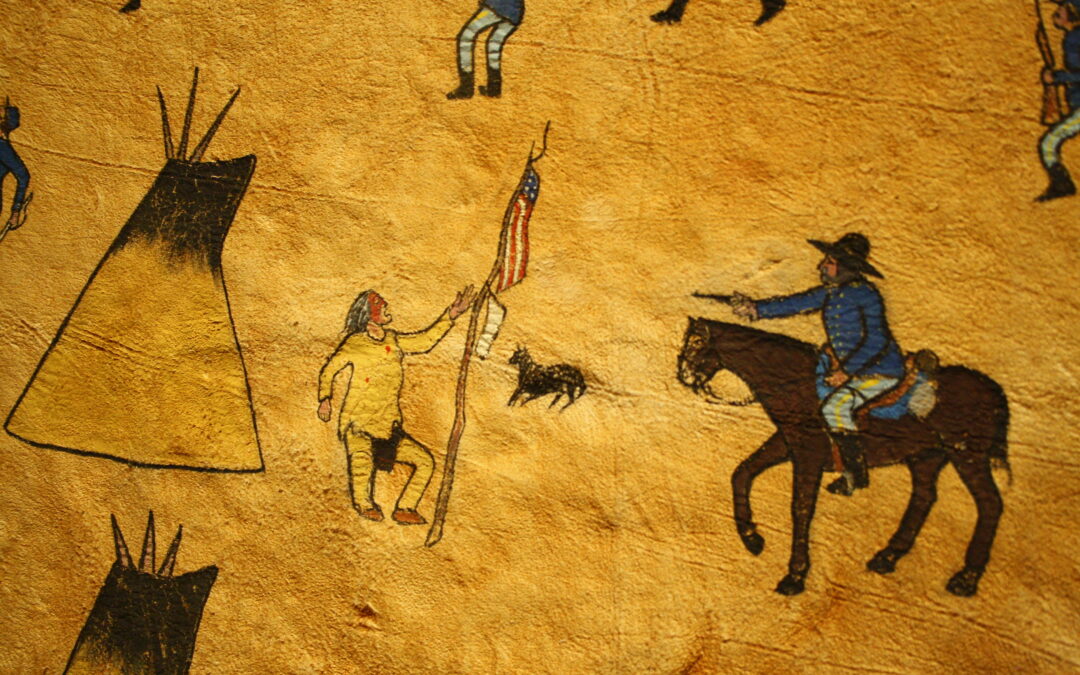
The Sand Creek Massacre: Silas Soule and Joseph Cramer
The Sand Creek Massacre, occurring on November 29, 1864, was one of the most infamous incidents of the Indian Wars. Initially reported in the press as a victory against a bravely fought defense by the Cheyenne, later eyewitness testimony conflicted with these reports, resulting in a military and two Congressional investigations into the event. Two of those eyewitnesses were cavalry officers Capt. Silas Soule and Lt. Joseph Cramer who had the courage to order their men not to take part in the slaughter. It was these two that were also the driving force in getting the government to conduct more in-depth investigations on what really happened at Sand Creek. Conflicts and Tensions Before the Sand Creek Massacre The causes of the Sand Creek massacre and other atrocities inflicted on the Indians were rooted in the long conflict for control of the Great Plains of eastern Colorado and to the river to the Nebraska border to the Cheyenne and Arapaho. Around the same time, gold and silver...
Adm. David G. Farragut, U.S. Navy (1810-1870)
We've all heard the phrase, "damn the torpedoes, full speed ahead" at some point in our lives. We may have even used it ourselves. But do we know what it actually means, aside from being a really cool thing to say right before you do something insane, irrational, or both? If you're a fan of U.S. Navy history, you might know it was the command barked by David Farragut during the Civil War Battle of Mobile Bay in 1864. The Legacy of Adm. David G. Farragut Badass orders weren't the only legacy Farragut left behind. He served some 60 years in the U.S. Navy. Farragut was also the reason Congress created new flag officer ranks for the Navy and is also probably the only naval officer that had to be tied down by his crew for his own safety. The life of Admiral David Farragut is a case study in favor of the old axiom "Fortune favors the bold." Farragut joined the U.S. Navy at age nine, becoming a midshipman in 1810. During the War of 1812, he was aboard the frigate USS Essex, wreaking havoc...
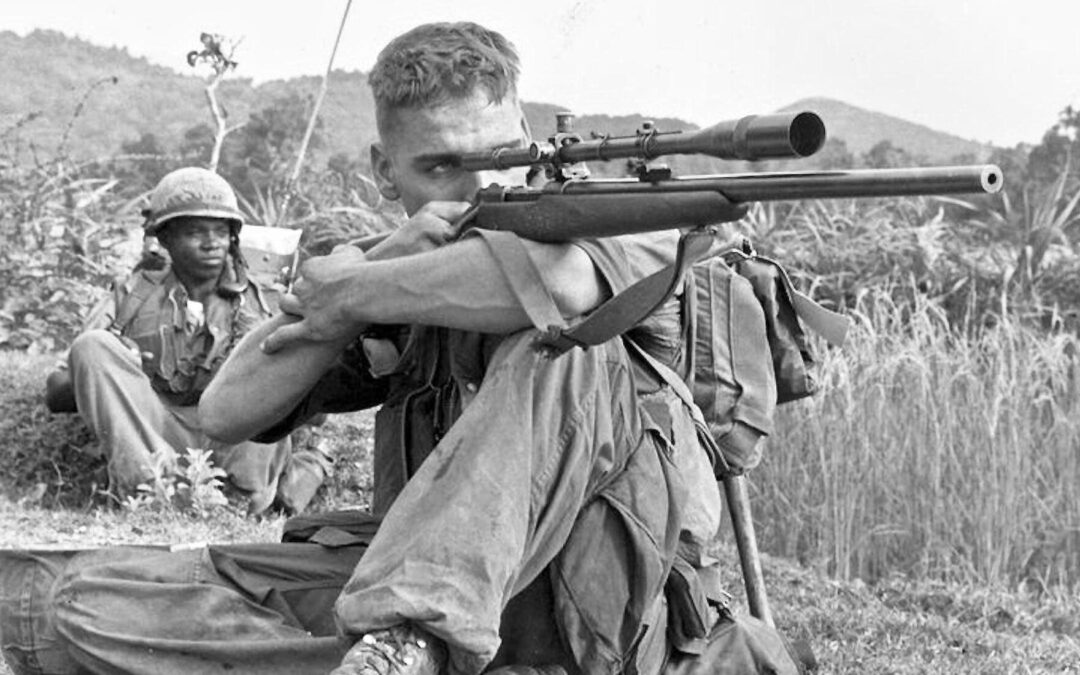
Gunnery Sgt. Carlos Hathcock, U.S. Marine Corps (1959-1979)
There are few Marine Corps legends like that of Carlos Hathcock. If there's a pantheon of Marine Corps gods somewhere, Hathcock is definitely among them. He served the Corps and his country for 20 years, including two tours as a sniper in Vietnam, where he racked up what was then the world record for confirmed kills at 93 - although he believed the actual number was somewhere around 300. "Carlos just really believed in what he was doing out there. He was saving Marines; that's how he really saw it. He was just doing his job, his duty. Now, Carlos is kind of a folk hero to a tremendous number of people," his boss in Vietnam, retired Maj. Jim Land told Leatherneck Magazine in a 2010 profile. Born in Little Rock, Arkansas, in 1942, Hathcock taught himself to shoot as a young boy, just like his boyhood idols Alvin York and Audie Murphy. It was the foundation of what would become his lifelong dream: to join the United States Marine Corps. Little did he know, as he took aim and fired that...
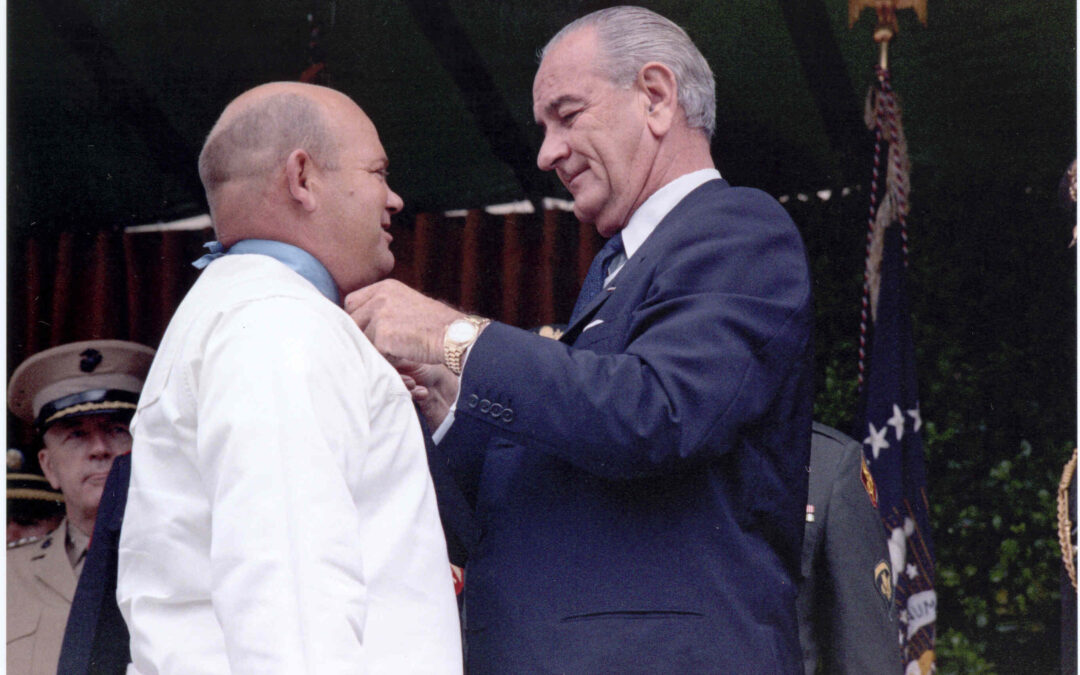
James E. Williams, U.S. Navy (1947–1967)
After serving nearly 20 years in the Navy, many enlisted sailors might opt for an easy assignment for their so-called twilight tour. But that was not why James E. Williams joined the Navy. He joined in 1947 because he thought getting paid to serve your country was possibly the greatest thing he could ever do. Over the course of the next 20 years, Williams would eventually become the most decorated enlisted sailor to ever serve in the U.S. Navy. Born in 1930, Williams was a South Carolina native who convinced a county clerk to fudge the date on his birth certificate so he could enlist in the Navy at 17. Early Career and Naval Beginnings of James E. Williams After graduating from basic training in San Diego, he became a Boatswain's Mate. He didn't get the adventurous assignment he wanted from his first Navy enlistment, but he did learn a valuable lesson that would carry him through the rest of his career. "I'd got orders to an [landing ship, tank] that just sat around a buoy in...
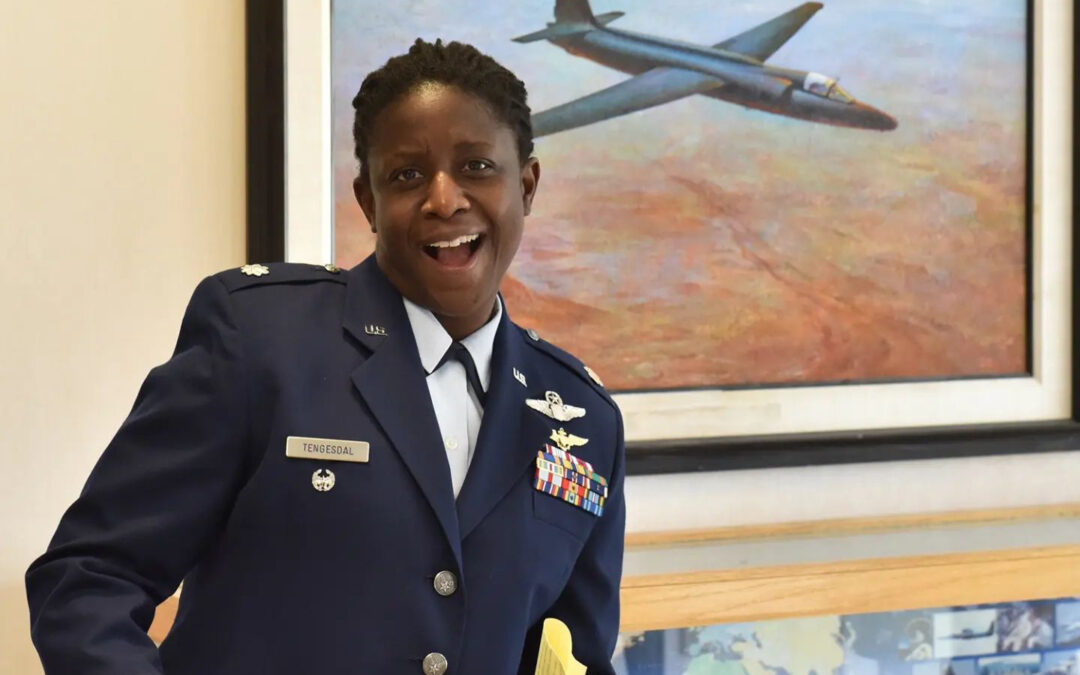
Col Merryl Tengesdal, U.S. Air Force (1994-2017)
Retired U.S. Air Force Colonel Merryl Tengesdal is the first African American female U-2 pilot in history and is the first African American woman to fly the Air Force's U-2 Dragon Lady Spy Plane. She is the only black woman alongside five white women and two black men to fly spy planes. Merryl Tengesdal was born Merryl David in 1971 in the Bronx, New York. She excelled in math and science classes in grade school and high school and graduated from the University of New Haven in Connecticut in 1994 with a Bachelor of Science in electrical engineering. She completed the U.S. Navy's Officer Candidate School in 1994. Merryl Tengesdal: The Trailblazer in Military Aviation and Engineering In her first assignment as a Naval Aviator at Naval Station Mayport in Florida, Tengesdal flew the SH-60B Seahawk helicopter, a derivative of the Army's UH-60 Black Hawk. The SH-60B Seahawk is used for anti-submarine warfare, search and rescue, anti-ship warfare, drug interdiction, cargo lift, and special...
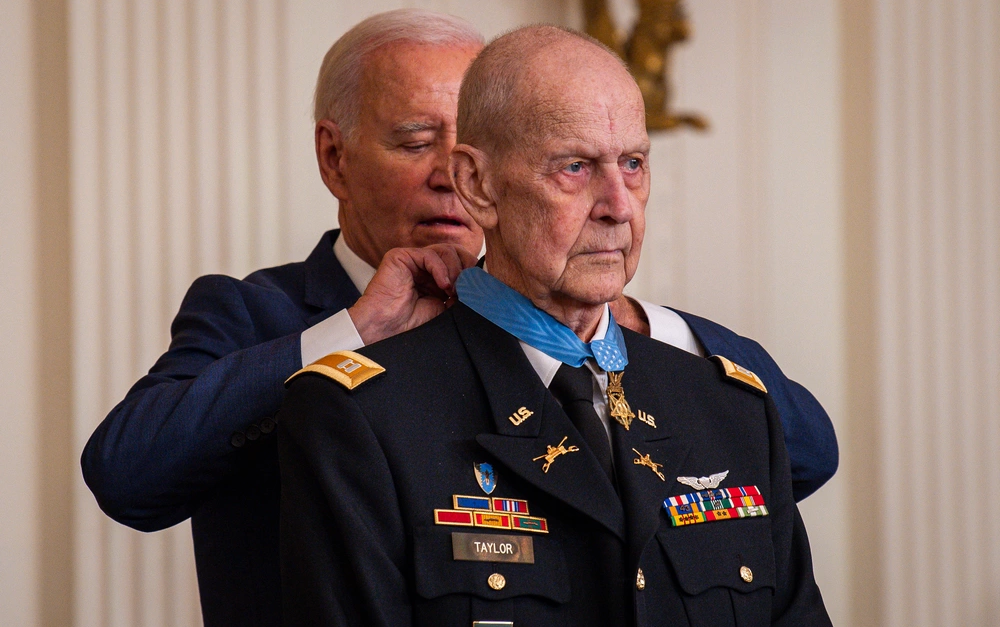
Capt. Larry L. Taylor, U.S. Army (1966–1971)
Larry Taylor's family had a long history of military service. His great-great-grandfather fought in the Civil War, his great-uncle fought in World War I, and his father and uncles served during World War II. When Larry attended the University of Tennessee in Knoxville, he joined the school's Reserve Officers Training Corps (ROTC) and carried on his family's longstanding military tradition. Larry L. Taylor Begins His Journey in the Vietnam War When he began his studies in 1962, the United States had only a token involvement in the uncertain future of South Vietnam. By the time he graduated in 1966, the U.S. was fully committed, with more than 380,000 ground troops in the country. Initially, he was commissioned as an armor officer. Though he graduated from the Army's armor school, he knew he could do more flying helicopters. Because of his critical moment of self-reflection, he would lead a daring rescue under heavy fire, saving the lives of his fellow soldiers and performing an...
RADM Roy Milton Davenport, U.S. Navy (1933-1959)
Ask any Marine who was Lieutenant General Lewis Burwell "Chesty" Puller and each would quickly respond by saying. "Why, he was the greatest, bravest and most highly decorated Marine in Marine Corp history." Another would inevitable say, "He was not only a tough, no nonsense Marine he is also the only one awarded five Navy Crosses." Both would be right. During his career, Puller fought guerrillas in Haiti and Nicaragua, and participated in some of the bloodiest battles of World War II and the Korean War where he earned his five Navy Crosses, an Army Distinguished Service Cross and a Silver Star. Now ask any Sailor who was Rear Admiral Roy Milton Davenport and while some submariners might know the answer, the majority of Sailor would not even venture a guess. Yet, like Marine "Chesty" Puller, he too was awarded five Navy Crosses making him the first individual (Puller was the second individual) and only Sailor so honored. A student of Christian Science, Davenport was dubbed the...
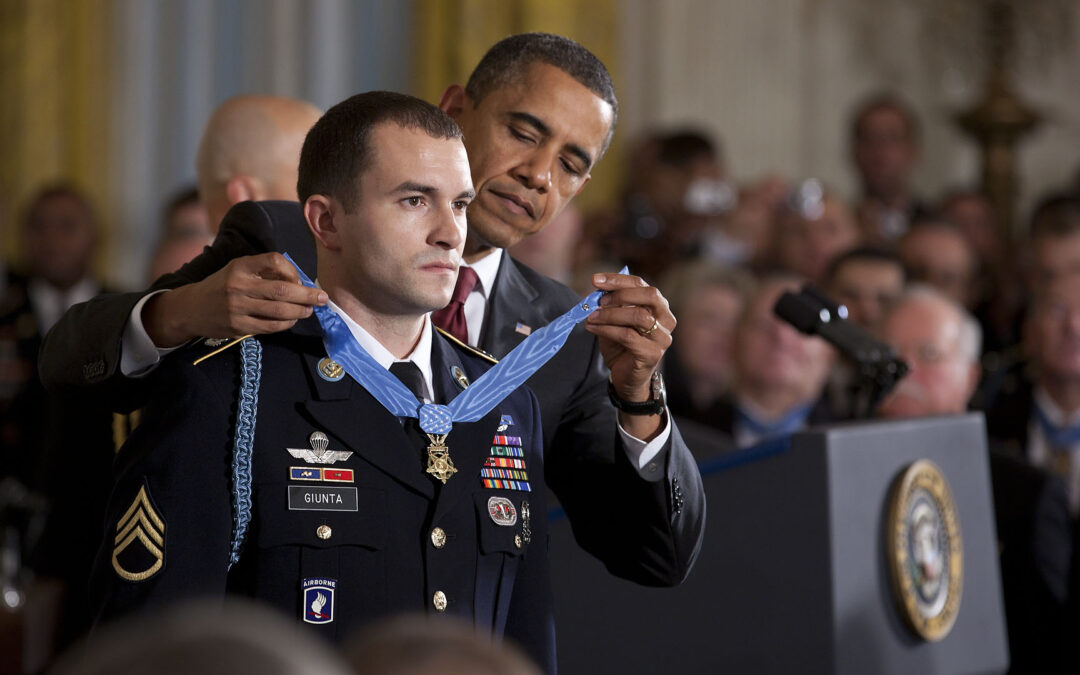
SSgt Salvatore Giunta, U.S. Army (2003-2011)
On October 19, 2007, American and Afghan forces loaded up onto UH-60 Black Hawk and CH-47 Chinook from Afghanistan's Korengal Outpost. The mission was Operation Rock Avalanche: an insertion into the southern area of the Korengal Valley to prevent Taliban fighters from fleeing the region while reducing their ability to operate against U.S. and friendly troops there. Salvatore Giunta: The Second Deployment to Afghanistan This was Salvatore Giunta's second deployment to Afghanistan. During his first tour in the country in 2005, he was shot in the leg and lost four of his fellow soldiers in an improvised explosive device attack. After a year back at home, he deployed once more. Then-Spc. Giunta was the rifle team leader for B Company, 1st Platoon, 503rd Infantry Regiment, 173rd Airborne Brigade Combat Team during Rock Avalanche. Less than a week after landing in the valley, Giunta and his platoon were traversing a steep crest out of the valley when the Taliban ambushed them. By the end...
Pvt. Salem Poor, Continental Army (1775-1780)
In June 1775, colonial patriots in Boston got wind of a British plan to occupy the hills outside the city, which would give the redcoats control of Boston Harbor. British troops occupied the city, but control of the surrounding hills would give the rebels the ability to lay siege to Boston and force the British occupiers out, so they took control of those hills and began to build fortifications. The main defenses were on the hill closest to the city, Breed's Hill. Once the colonials began reinforcing the position, British forces under Gen. William Howe set out to attack and capture it with 3,000 men. Col. William Prescott led the colonial defense with just 1,200 men in what would be remembered (in a weird twist of history) as the Battle of Bunker Hill. Among those defenders was a Black man named Salem Poor, who would become one of the most celebrated Soldiers of the entire American Revolution. Salem Poor: From Slavery to Freedom Poor was born into slavery in the Massachusetts Bay...
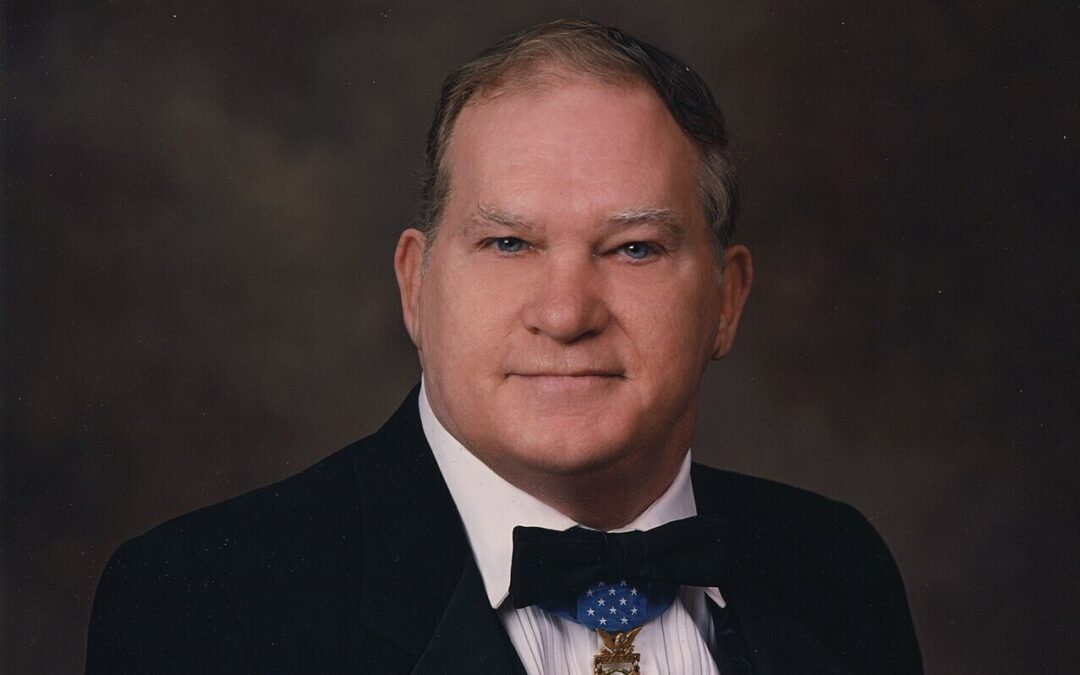
MSgt John F. Baker, Jr., U.S. Army (1966-1989)
One of the most daunting jobs of the Vietnam War – if not all of military history – was that of the "Tunnel Rats." These brave men were tasked with entering tunnels dug by the Viet Cong as forward operating bases. Once inside these enemy strongholds, they would embark on search and destroy missions, clearing the underground complexes of any men and materiel with only a sidearm, bayonet, some explosives, and a flashlight for seeing in the dark depths. Facing the Dangers of the Tunnels Enemy troops weren't the only dangers lurking in the tunnels beneath the jungles of Vietnam. They had to contend with scorpions, rats, snakes, booby traps, and flooded compartments – and it's not as if they had a lot of room to maneuver once inside. Illinois native John F. Baker joined the Army in 1966. He would leave Vietnam with a Medal of Honor citation. What he did didn't happen in the tunnels, but it might have been the tunnels which made him a fearless combatant in the face of the enemy. John F....
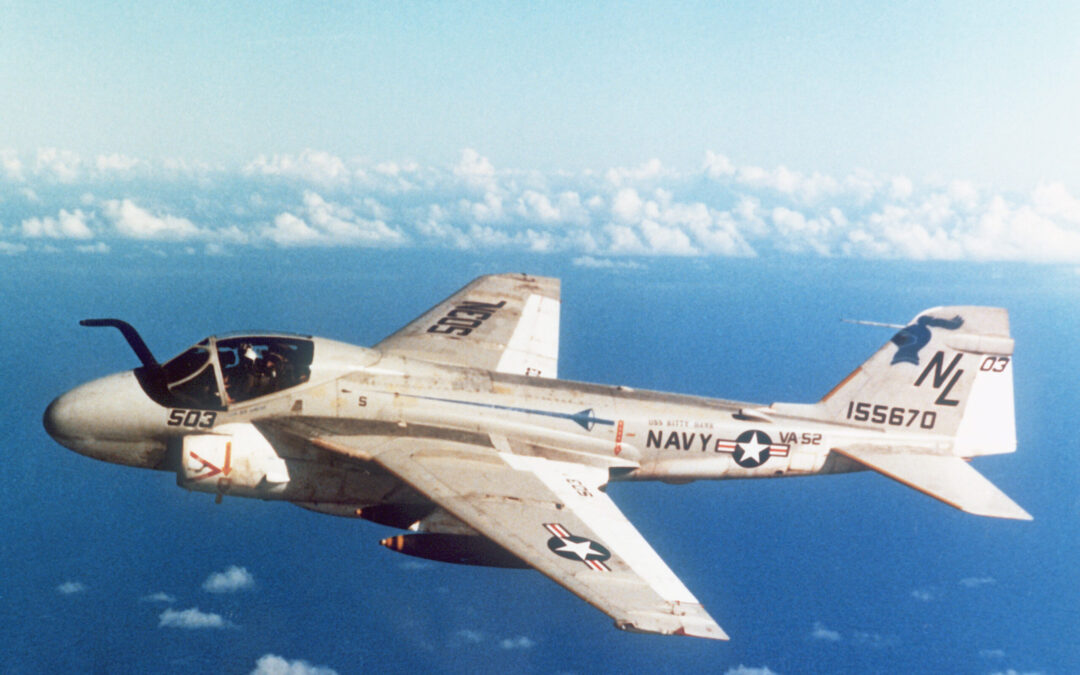
Lieutenant Mark Baden – Heroic Pilot Just Managed to Land and Save His Buddy’s Life
Being launched off the flight deck of an aircraft carrier is a normal routine, but adrenaline junkie pilots love the radical feel of about 4 Gs. On July 9, 1991, an A-6 Intruder modified to be a refueling aircraft was shot off the Abraham Lincoln in the Persian Gulf. Lieutenant Mark Baden was the pilot and had his friend and navigator (BN), Lieutenant Keith Gallagher beside him. It was Gallagher's birthday, and he advised Mark Baden when they returned it would be his 100th trap recovery on an aircraft carrier. A mid-air collision had occurred a few days earlier, and Mark Baden was slightly nervous. On top of all the other odd circumstances, he was actually assigned the plane with his name emblazoned on the side - unlike in the movies, the pilots don't always fly the plane with their name. He made all the normal checks and touched all the buttons and switches. Satisfied he was ready for anything, the aircraft was blasted off the end of the carrier to accomplish the mission: to refuel...